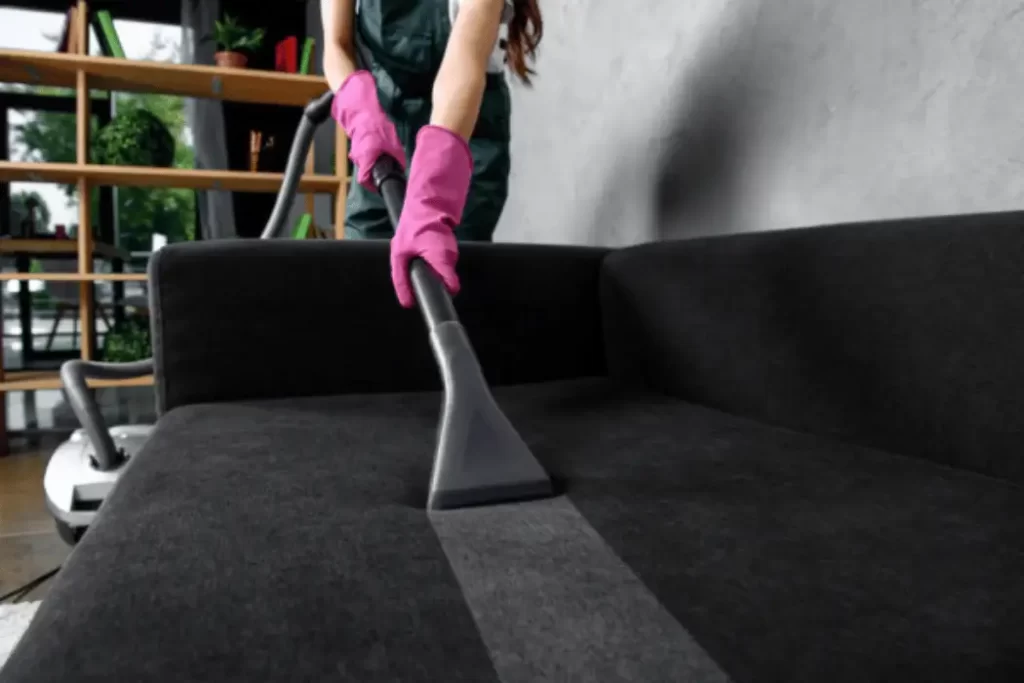Upholstery is the process of covering furniture with fabric, leather, or other materials to make it more comfortable, durable, and attractive. Whether you’re looking to refurbish an old piece of furniture or create a new one from scratch, upholstery is a great way to add a personal touch to your home décor. However, if you’re new to upholstery, the process can seem daunting. In this beginner’s guide, we’ll walk you through the basic steps of upholstery and offer tips and tricks to help you get started.
Gather Your Materials
Before you start upholstering, you’ll need to gather a few essential materials. Here’s what you’ll need:
- Fabric
Choose a fabric that’s durable, easy to clean, and matches your decor. If you’re working with an existing piece of furniture, measure the dimensions of the piece and add an additional 2-3 inches to each side to ensure you have enough fabric.
- Batting
This is a thin layer of cushioning that’s placed between the fabric and the foam or stuffing to give the piece of furniture a softer feel.
- Foam or stuffing
This is what gives the piece of furniture its shape and structure. Choose a foam or stuffing that’s appropriate for the type of furniture you’re upholstering. For example, if you’re upholstering a sofa, you’ll need a denser foam than if you’re upholstering a dining chair.
To get best advice on home renovation here.

- Upholstery tacks or staples:
These are used to secure the fabric to the furniture frame.
- Upholstery webbing or straps
These are used to support the foam or stuffing and help the furniture maintain its shape over time.
- Upholstery glue
This can be used to secure the batting and foam in place.
- Upholstery thread and needle
These are used to sew the fabric together and create a finished look.
Remove the Old Upholstery
If you’re working with an existing piece of furniture, you’ll need to remove the old upholstery before you can start the new project. Use a pair of pliers to remove any staples or tacks holding the old fabric in place. Be sure to save any pieces of batting, foam, or stuffing that are still in good condition, as you can reuse them in your new project.
Prep the Frame
Before you start upholstering, inspect the furniture frame for any damage or loose joints. Repair any issues before you start the upholstery process. You’ll also need to clean the frame to remove any dirt or debris that may have accumulated over time.
Add New Batting and Foam
Once the frame is ready, it’s time to add new batting and foam to the piece of furniture. Cut the batting to fit the dimensions of the piece of furniture and attach it to the frame using upholstery glue. Then, cut the foam or stuffing to fit the dimensions of the piece of furniture and attach it to the batting using upholstery glue.
Attach Upholstery Webbing or Straps
To support the foam or stuffing and help the furniture maintain its shape over time, you’ll need to attach upholstery webbing or straps to the frame. Use a staple gun to secure the webbing or straps to the frame, making sure they’re taut and evenly spaced.
Cut and Attach the Fabric
Now it’s time to cut and attach the fabric to the piece of furniture. Lay the fabric over the piece of furniture and use upholstery tacks or staples to attach it to the frame. Be sure to pull the fabric taut as you go to ensure a smooth, wrinkle-free finish. Trim any excess fabric, leaving about an inch or two of overhang.
Sew and Finish the Fabric
Once the fabric is attached to the frame, it’s time to sew any necessary seams and finish the edges. Use upholstery thread and needle to sew any seams, such as the seams for the cushion covers. You can also use a decorative stitch to add a personalized touch to your project. Finally, use a fabric glue or sew the edges of the fabric to prevent fraying.
Tips and Tricks for Upholstery
Here are a few tips and tricks to keep in mind as you embark on your upholstery journey:
- Choose the right fabric
Select a fabric that is durable, easy to clean, and complements your decor. You can also choose a patterned fabric to add interest and personality to your piece.
- Invest in good tools
Upholstery requires specific tools such as staple guns, upholstery tacks, and webbing stretchers. Invest in high-quality tools to make the process smoother and more efficient.
- Take your time
Upholstery is a labor-intensive process that requires patience and attention to detail. Take your time to ensure that each step is done correctly and that the finished product meets your expectations.
- Practice on smaller projects first
If you’re new to upholstery, start with smaller projects like dining chair cushions or throw pillows before tackling larger pieces of furniture.
- Don’t be afraid to ask for help
Upholstery can be challenging, and it’s okay to ask for help or advice from more experienced upholsterers. Consider taking a class or watching online tutorials to improve your skills.
Conclusion
Upholstery is a fun and rewarding way to personalize your furniture and add a unique touch to your home decor. While it may seem intimidating at first, with the right materials, tools, and techniques, anyone can become an accomplished upholsterer. Remember to take your time, practice on smaller projects, and don’t be afraid to ask for help. With these tips and tricks, you’ll be on your way to creating beautiful upholstered furniture that you’ll love for years to come.

